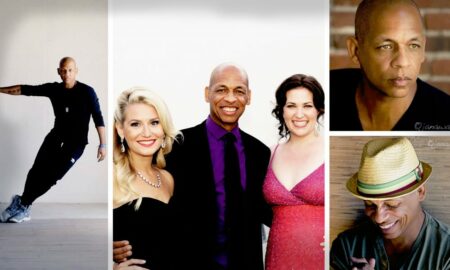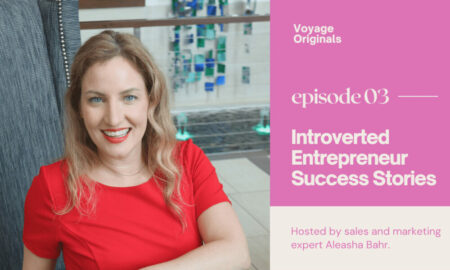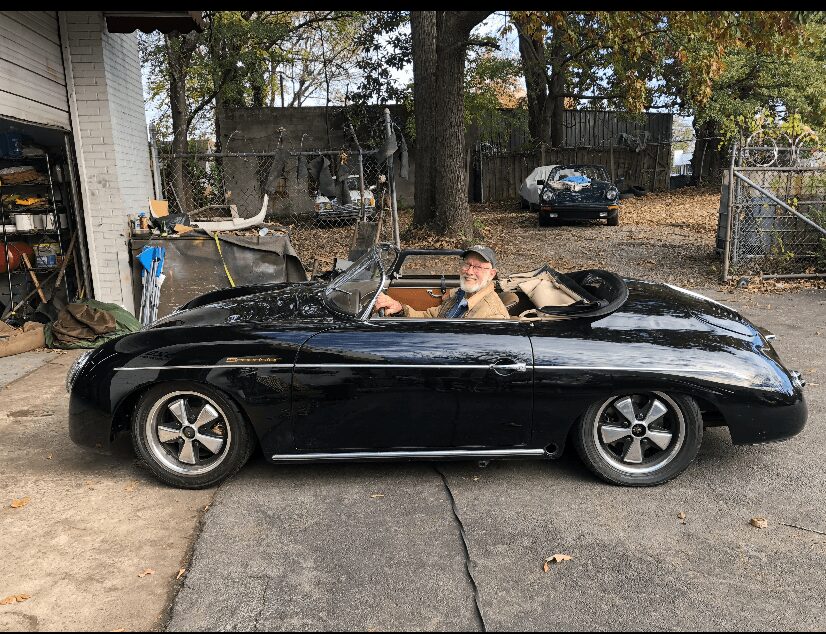

Today we’d like to introduce you to Robert Lane.
Robert, we appreciate you taking the time to share your story with us today. Where does your story begin?
I grew up in Pensacola, Florida during the ’50s and ’60s — home of naval aviation and a town packed with naval pilots who, for their personal transportation, chose sports cars. Mostly European ones like Porsche, Jaguar, Alfa Romeo, MG, and Austin-Healey. There were Corvettes, Mustangs, and Camaros as well, and the occasional Ferrari. You’d see them scooting around town, bar-hopping, heading for the beach, or just out driving because it was fun. I so wanted one.
Can you talk to us a bit about the challenges and lessons you’ve learned along the way. Looking back would you say it’s been easy or smooth in retrospect?
After finishing high school, I went off to college and eventually earned a degree in Architecture from Auburn University, graduating in the summer of ’68. The previous summer, I was working for an architectural firm in Pensacola and driving a push-button Valiant — possibly even lower than a Gremlin. I don’t think it was rated in any column of “cool” or “not cool.” So bad it was invisible.
What I really wanted was an Austin-Healey 3000 — a cool-looking, great-sounding car that fit into my budget. With plenty of small independent sports car lots up and down Navy Boulevard, availability wasn’t the issue. I kept dragging one after another home for my dad’s inspection, only to get a thumbs-down every time due to mechanical or cosmetic reasons.
Then one morning, Dad called my office and told me he’d seen a Porsche for sale on a lot — and it was priced at the $1,000 we had decided I could afford. “Is it a convertible?” I asked. He said no. I drove out anyway to have a look.
To my delight, this was a car like nothing I’d ever driven before. The feedback from the road, the engine response — it was amazing. Far superior to the stuff I had been bringing home. I bought it.
Up until that time, I had no real interest in cars. My sister, on the other hand, couldn’t wait — she got her learner’s permit on the day she turned 16. Not sure what she thought she was going to do with it. We were a middle-class, fundamentally religious family, and we drove Buicks.
A week after I bought the Porsche, the previous owner — a naval pilot who had traded it in for a 911—called to ask if I was the new owner. When I said yes, he asked, “Do you want the other top?”
What other top?
Without even knowing it, I had purchased a 1958 Porsche Cabriolet, which had the hardtop installed when I bought it. I had no idea. Oh my. I loved that car.
After late-night burger runs with friends at Jerry’s Drive-In on Cervantes Avenue, I’d head toward Bayou Texar, where the boulevard snaked along the bayou’s contours. I’d drive that little car through twisting turns and roller-coaster dips, running it through the gears — upshifting for the straightaways, downshifting for the tight sweepers. The night air was like ambrosia. The exhaust shrieks and howls bounced off the bayou and ricocheted up the shallow hills and arroyos along the shoreline. The sound and throttle response of that little car started to get into my blood.
Back at Auburn for my final year, I plunged into producing my thesis, coupled with the usual quarter-period projects. I got less sleep that year than ever before. But somewhere in the chaos, I discovered that our spring break — the week between winter and spring quarter — coincided with the 12 Hours of Sebring.
At that time, the 12 Heures de Sebring was the mecca of sports car racing in the U.S. It took place each spring at a former WWII B-17 bomber base turned racetrack in south Florida. I had only dreamed of going.
What star alignment brings great men to such profound resolve?
I proposed to my good friend Frank White — with no money and no plan — that we should go. The boy didn’t flinch: “Oh, hell yeah.”
Frank drove down from his home in Tennessee and met me in Pensacola. It never occurred to either of us — we were still of tender age — to worry whether my little Porsche could handle the journey. If we had worried, it would’ve been pointless. That little Porsche never missed a beat.
We drove the length of the Panhandle, turned right at Tallahassee, headed down the Gulf Coast to Tampa, turned left, and made our way into the middle of the peninsula. We had time, so we stopped at every coastal town that caught our interest. I remember Apalachicola, Cedar Key, and Tarpon Springs, where we spent most of a day. We spent the night on St. Petersburg Beach — and were reminded that it can get cold in Florida in March.
The next morning, after shaking off the frost and finding breakfast, we headed east, just an hour or so from Sebring. Nearing the track, traffic thickened. Judging from the makes and models around us, these were our people. In the creeping queue to enter, we found ourselves behind a Mercedes 300SL Gullwing — both doors open. Two Jaguars ahead, a Corvette and Alfa Romeo behind. Once inside, we found a camping spot and made our weekend plans.
Friday featured sprint races — Cobras, 911s, Mustangs, and a slew of others. We wandered through the pits, sneaking peeks at the factory cars, all sequestered in their private corrals. The infield was its own show — the variety of iron driven in by spectators was astounding. Later in the day, a stunning red 427 Cobra parked next to us, crouched in the tall Florida grass. Almost animal-like.
The main event began Saturday at 10 a.m. and ran for 12 straight hours. There were multiple classes, and trophies would be awarded accordingly. But the class everyone came to see featured the factory Porsche 910s, Ferrari 312s, Lolas, Ford GT40s — I believe Alfa and Matra were there too — along with numerous privateers. The overall winner would come from that group.
The green flag dropped. I believe this was the last year of the famed (and dangerous) Le Mans start, where drivers sprinted across the track to their cars, fired them up, and took off. It created chaos and had become controversial, as too many drivers skipped buckling in their seatbelts. More than one fatality had resulted.
We walked miles during the race. The track was over five miles long, and the infield enormous — we wanted to see everything. With over 60 cars out there, the decibel level was staggering. The ever-changing mix of engines created a constantly shifting symphony of shrieks and howls.
The day passed quickly — a hot dog, a few beers, and the sun began to set. The sounds changed with the wind. Headlights flicked on, dancing through the darkness like UFOs. Now the real race began. They would run the last several hours in the dark.
At the hairpin — the slowest turn on the track — we watched cars slam from 175 mph to 15. The front brake rotors would suddenly glow orange, lit up like forged horseshoes, from the immense braking force. Then came the discordant thrashings of acceleration as they charged toward the chicane and the Warehouse Straight.
As night wore on, we made it into the pits. Above, in the bleachers, we watched the chaos — frantic repairs, some successful, some not. Porsche had often done well at Sebring, frequently taking class honors. But they had never taken the overall win.
This year, they did. Porsche took the whole enchilada — top honors, for the first time ever.
At some point that week, I knew: I wanted to race. I didn’t know how or what with — just that I had to.
After a few years chasing what I thought would be a career in architecture, I realized I didn’t fit. I had my midlife crisis in my mid-20s. It was depressing and stressful — “what now?” The architectural program at Auburn, like any serious one, was relentless. Five years of all-nighters, constant work. We were told that only 10% would graduate — and they were right.
But I had loved it. The idea of design development, the drawings, the models — all of it. I just also knew the real world was going to be different. And it was.
How I got from that to running an auto repair shop is a long and winding tale. But the drive to do something, practical or not, is powerful. The shop let me go racing in the ’70s and ’80s. Then a 30-year hiatus while life had to be addressed. Then back at it.
Appreciate you sharing that. What should we know about RWL German Imports?
How I got from that to running an auto repair shop is a long and winding tale. But the drive to do something, practical or not, is powerful. The shop let me go racing in the ’70s and ’80s. Then a 30-year hiatus while life had to be addressed. Then back at it.
At 81, I don’t know how many more at-bats I’ve got. But it’s just as exciting now as it was then.
Contact Info:
- Website: https://www.rwlgermanimports.com/
- Instagram: rwlgermanimports
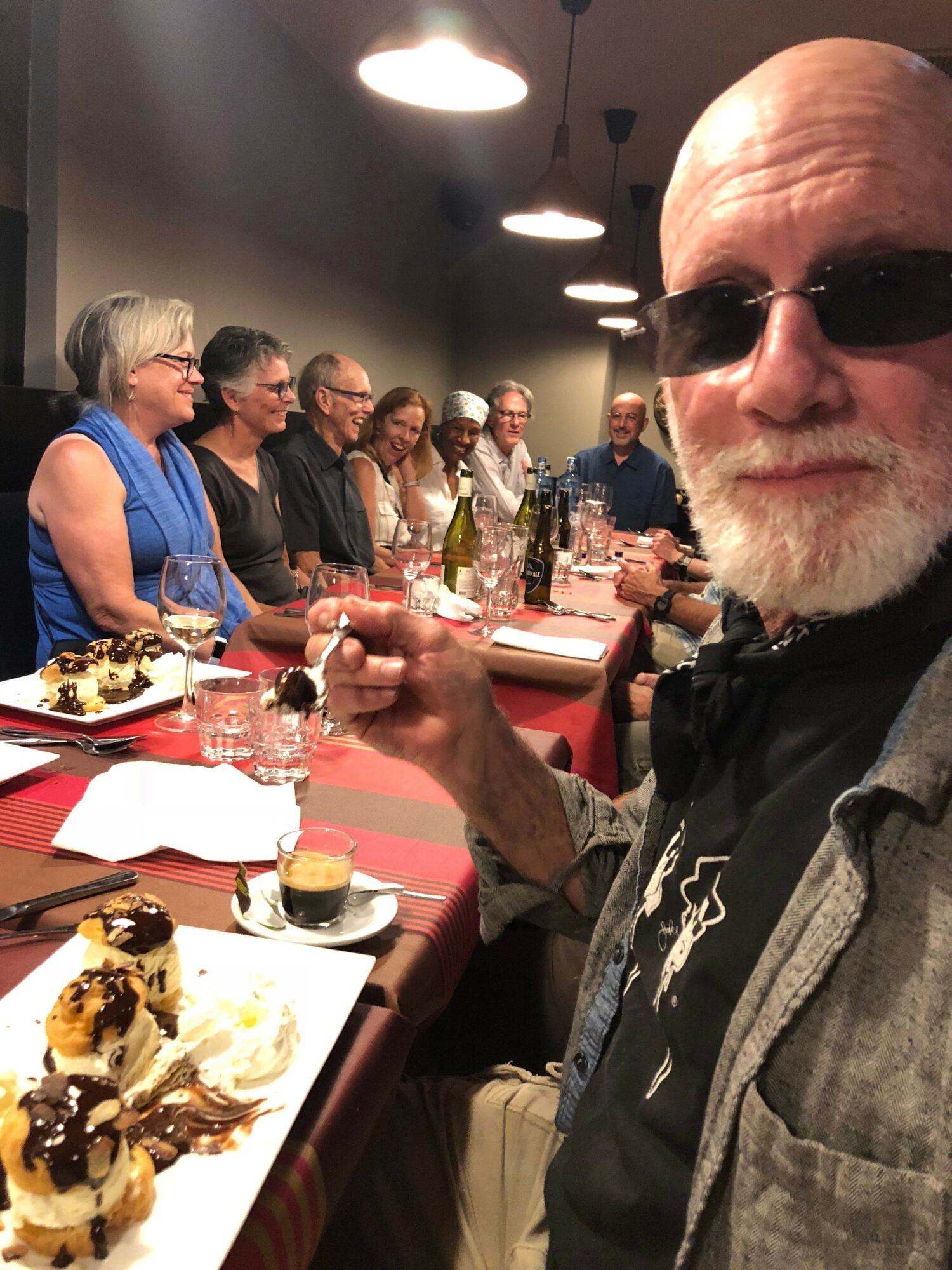
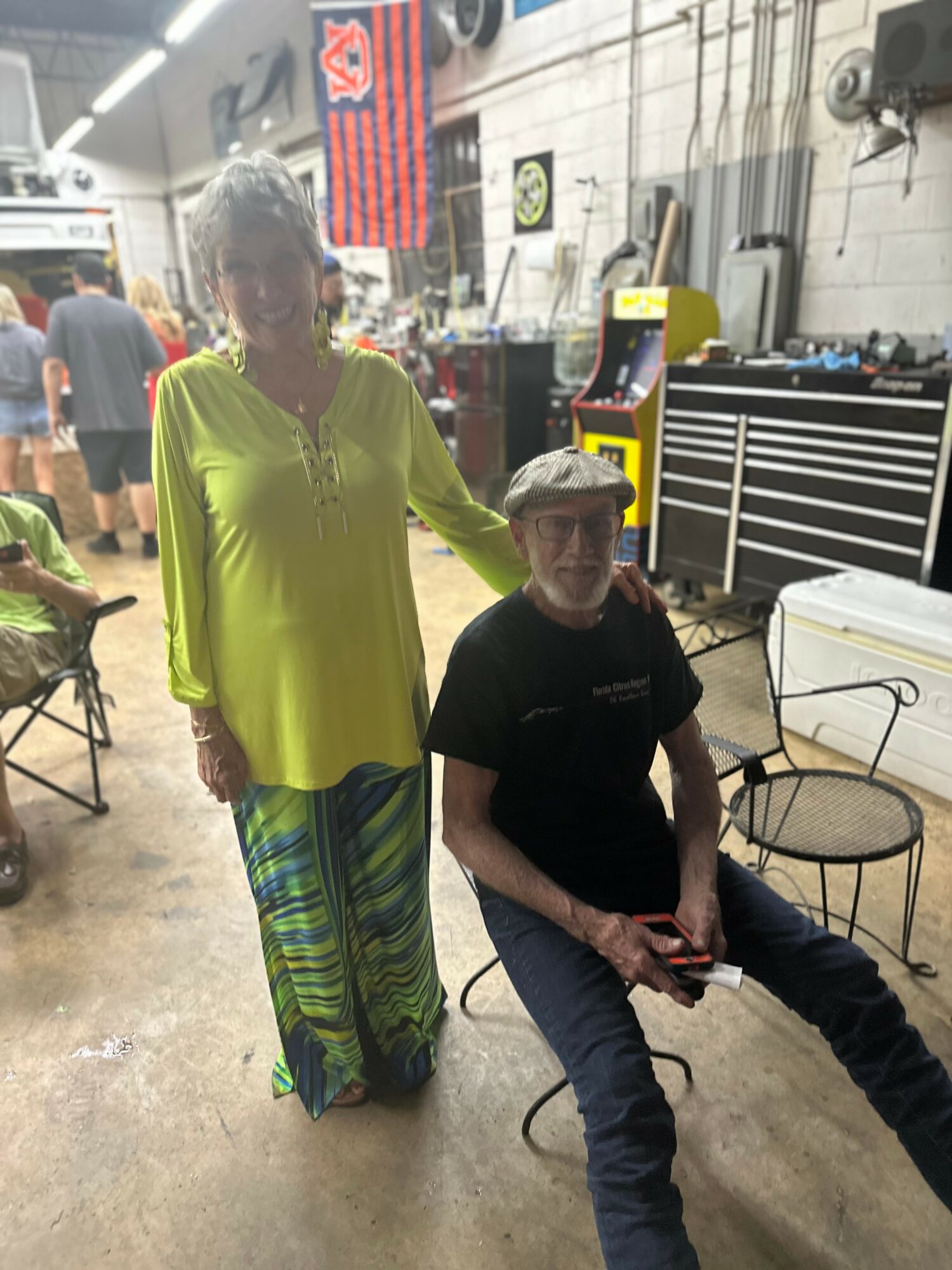
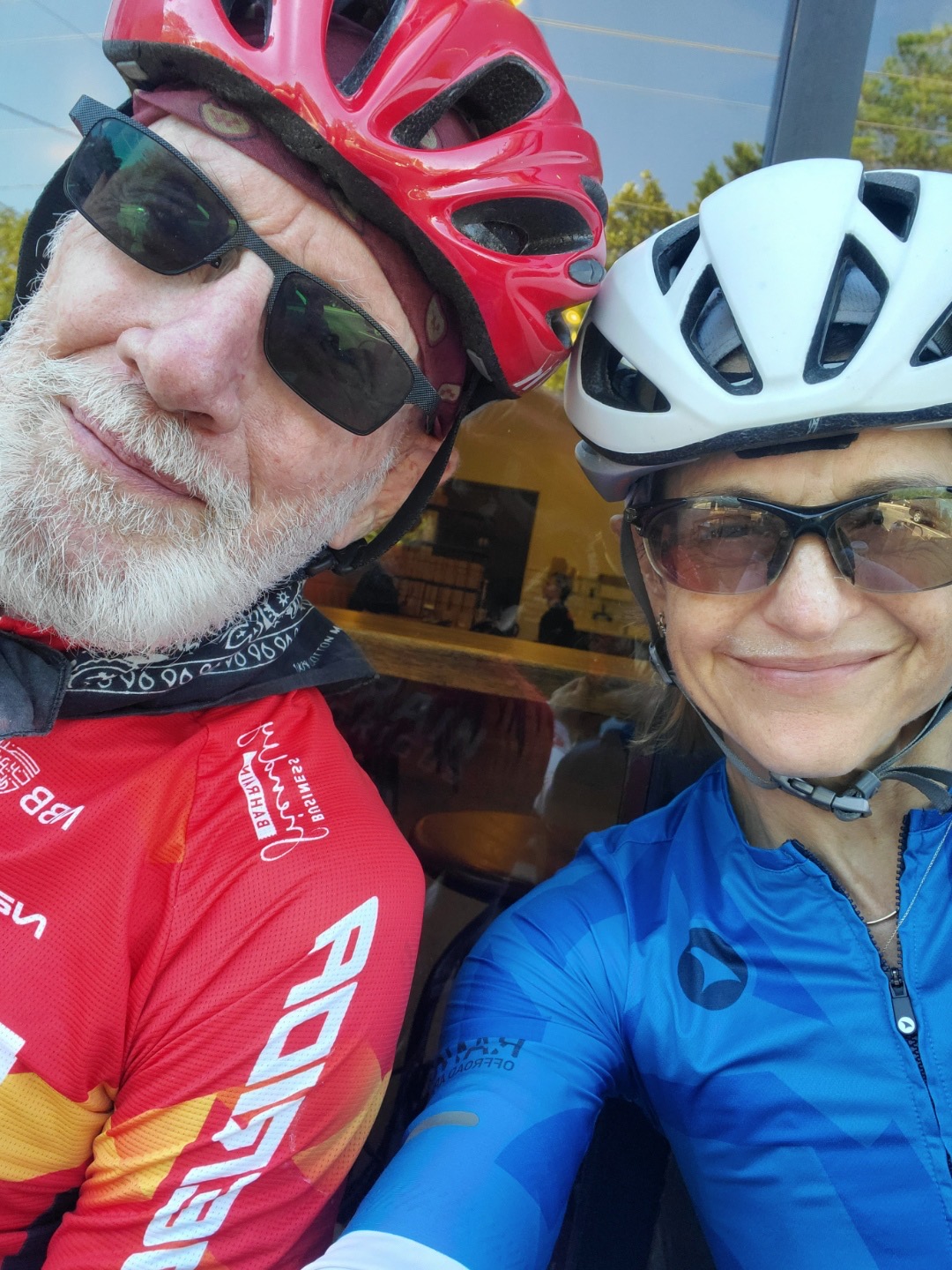
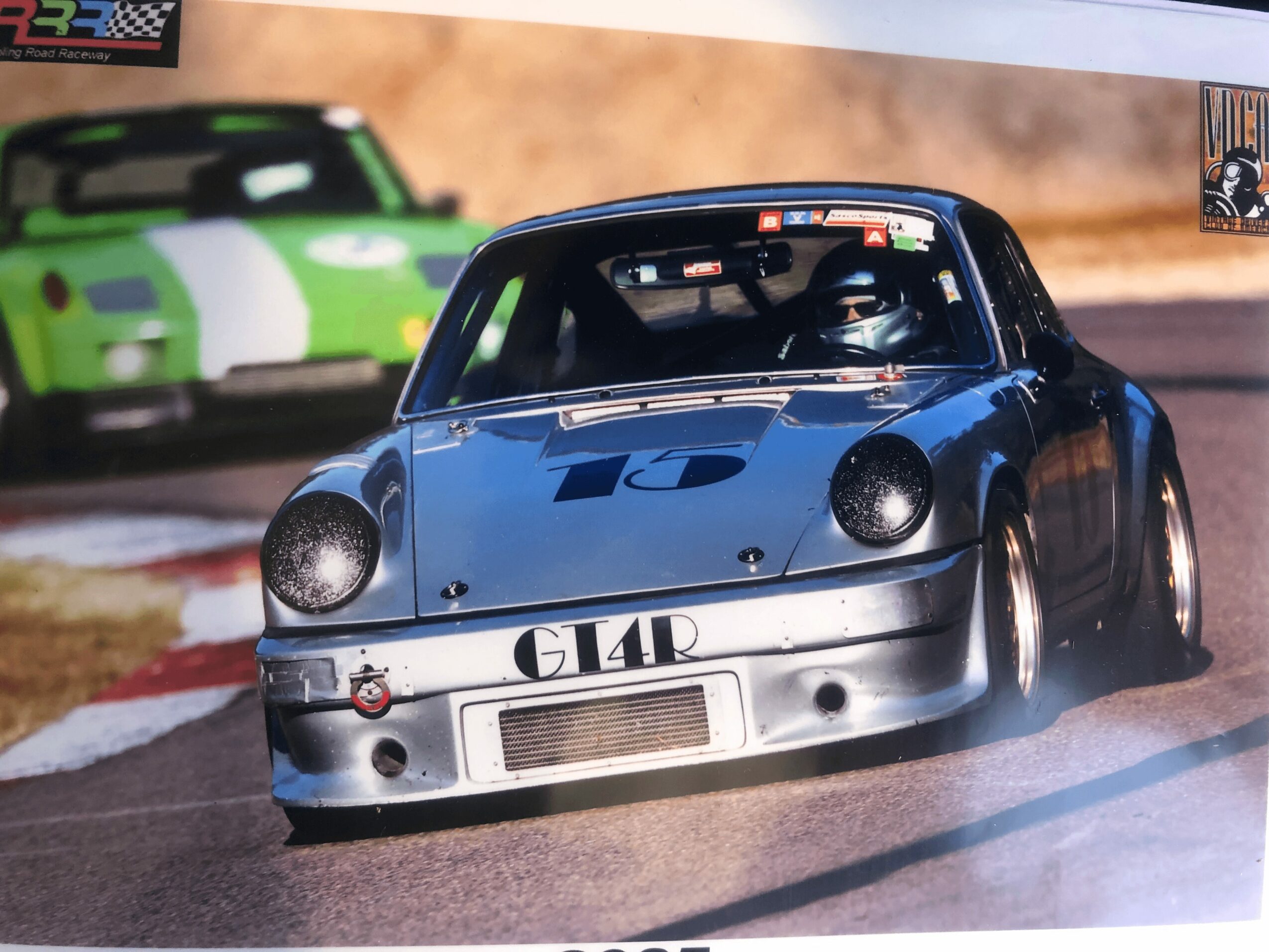
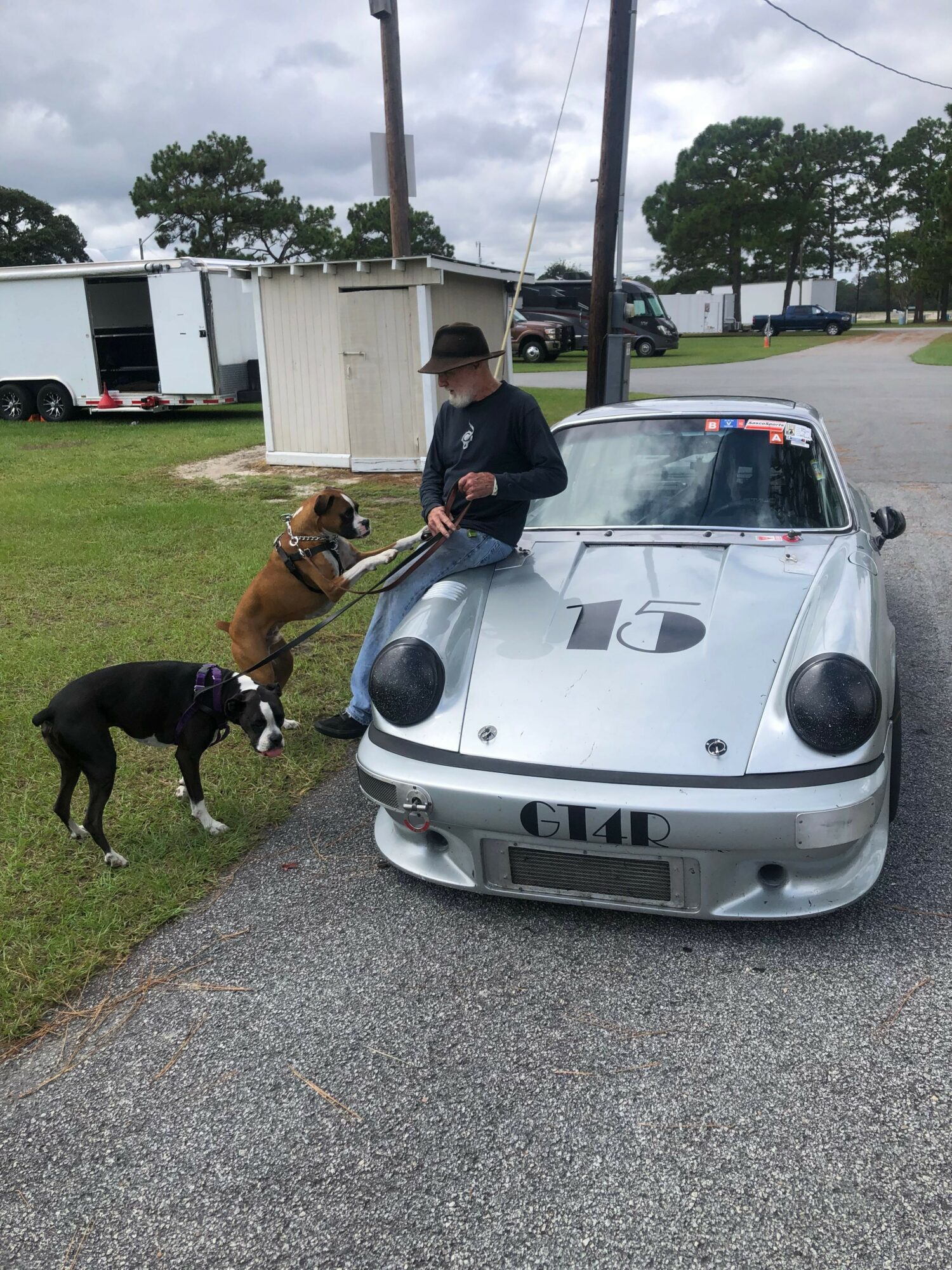
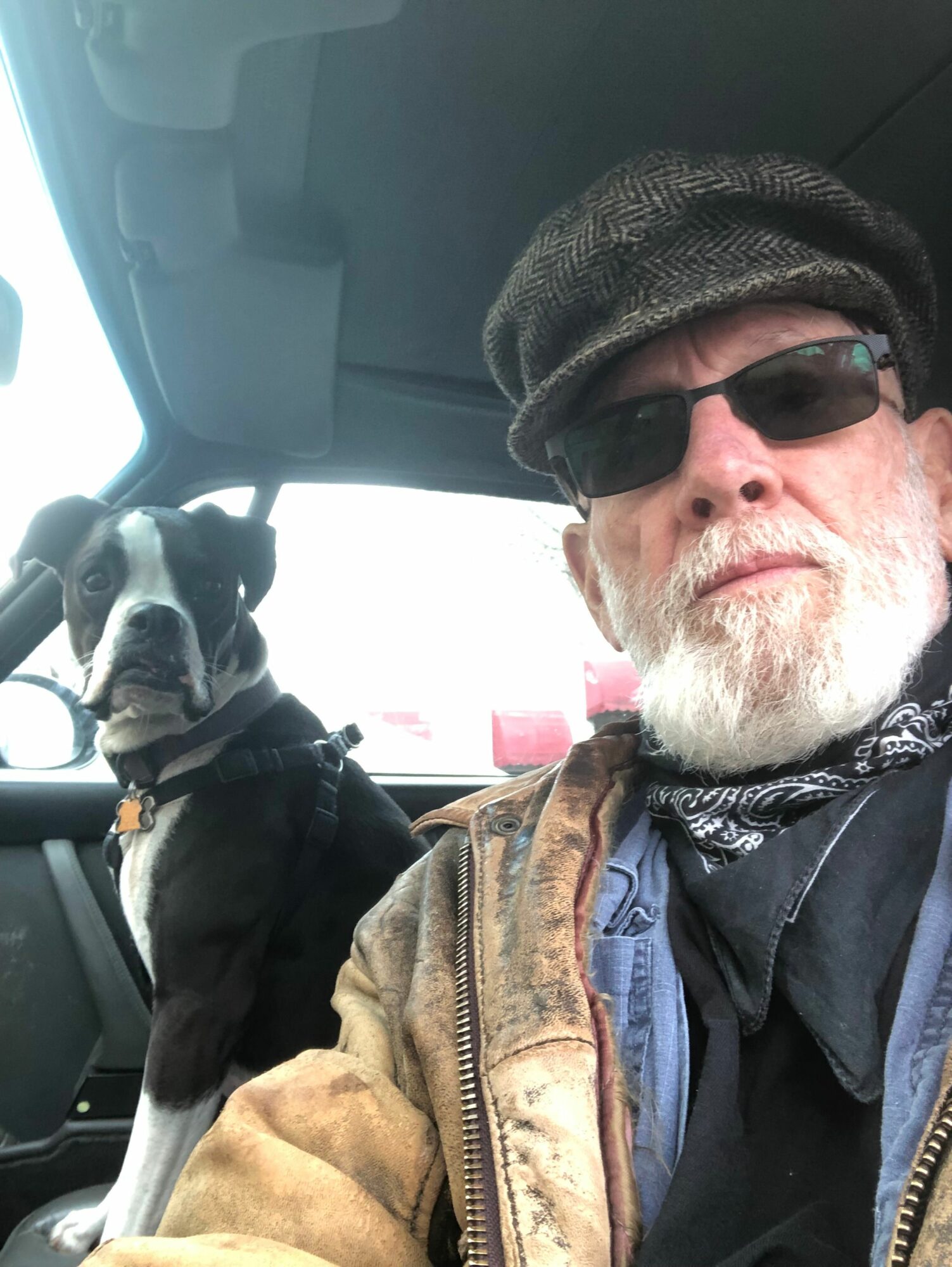
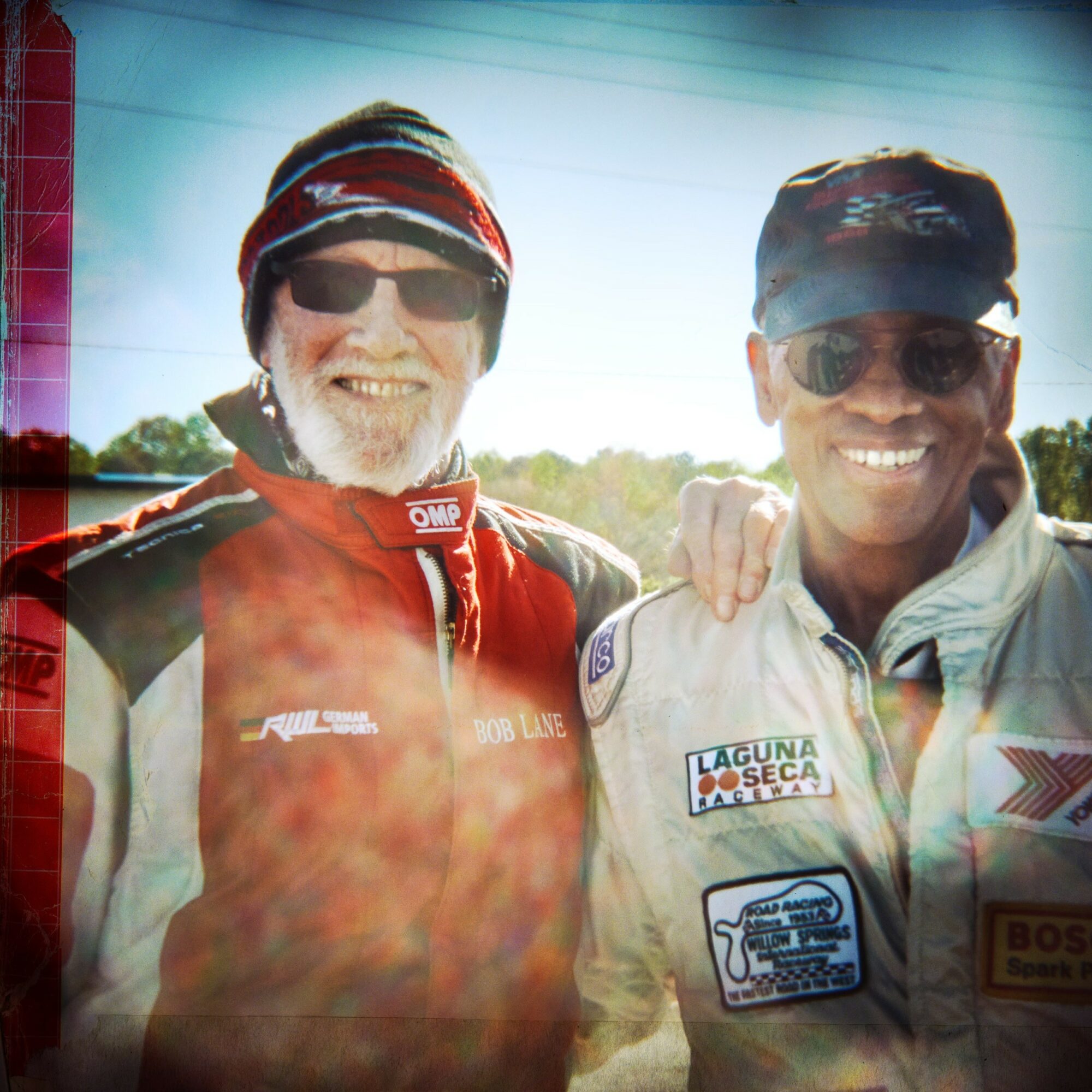
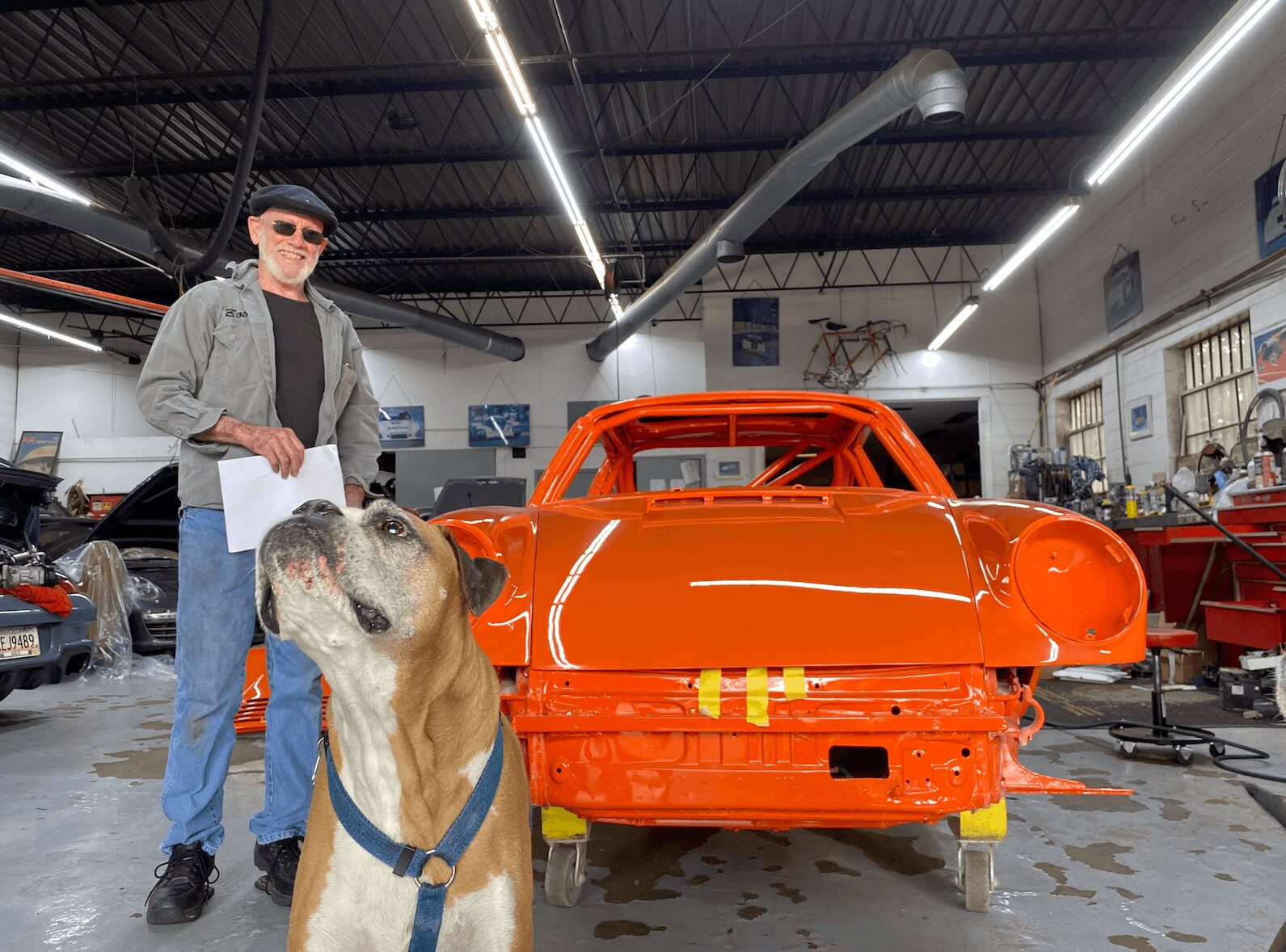
Image Credits
My son Whit Lane has taken some of these photos. Other photos have been shot by my friends or myself.



